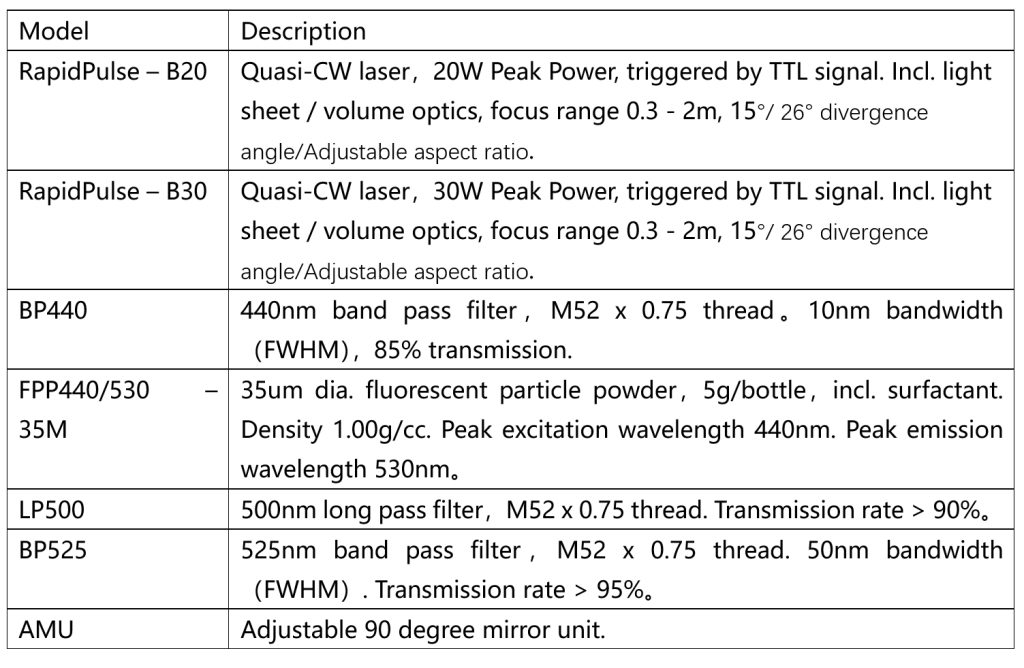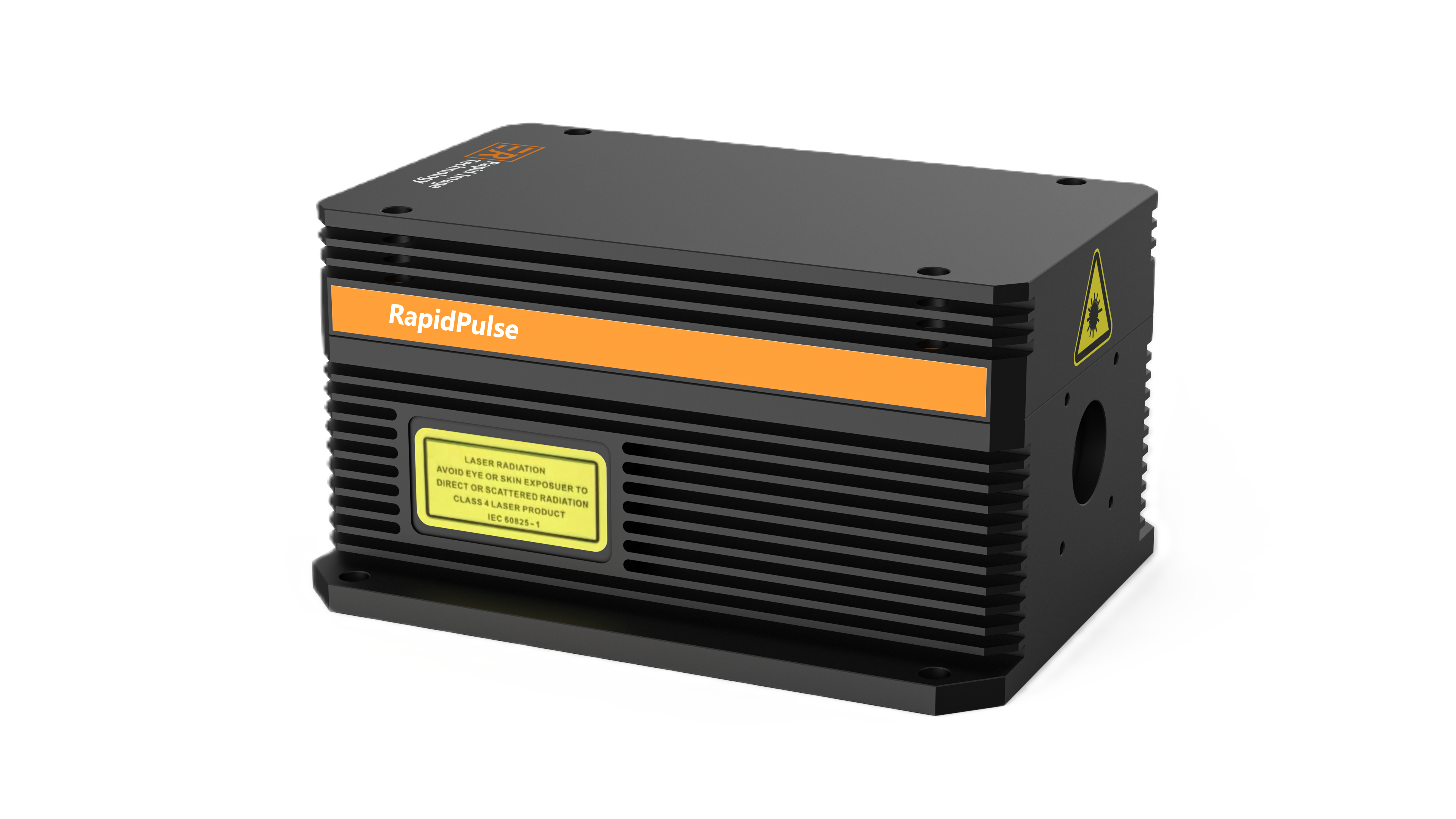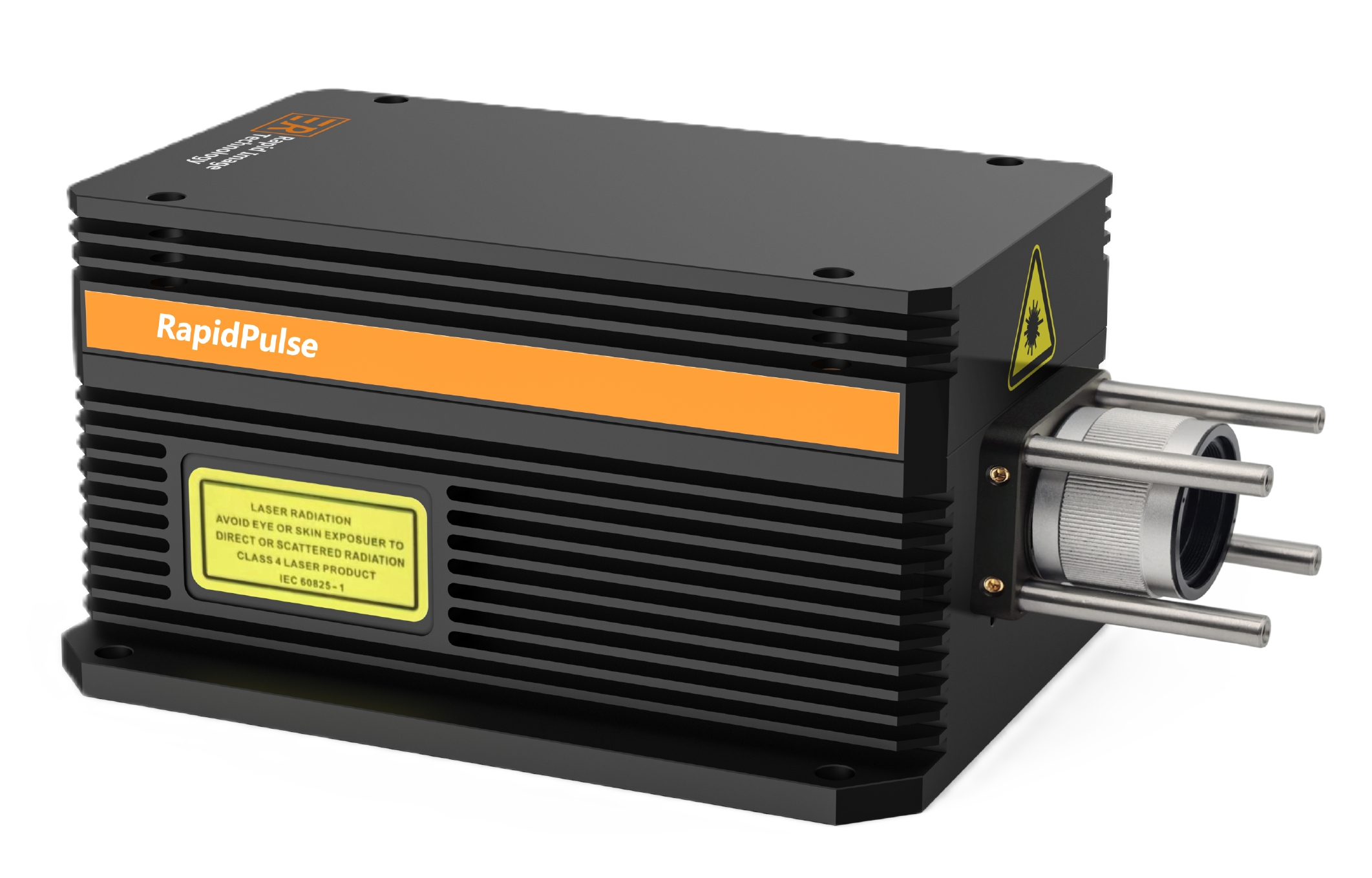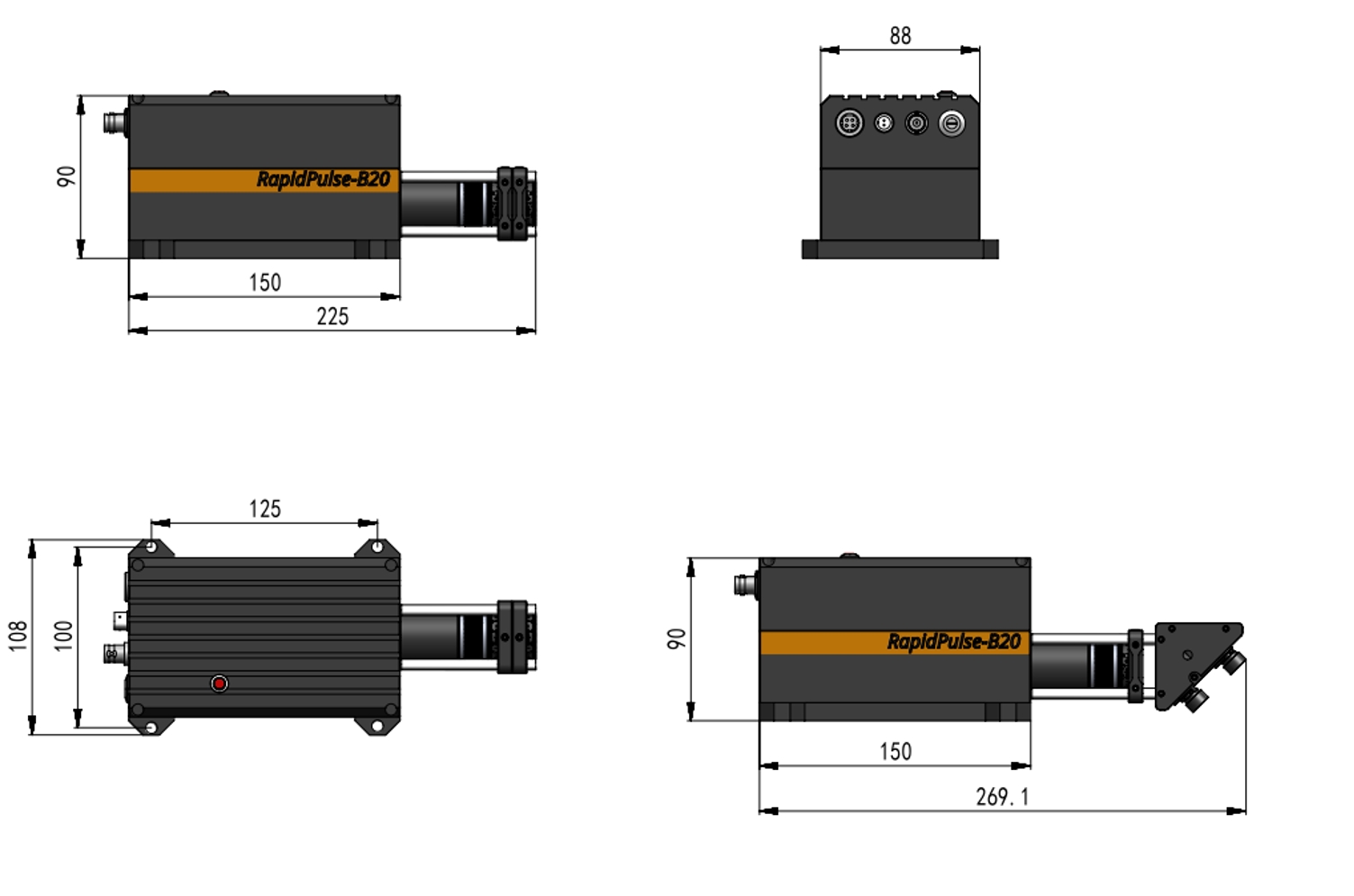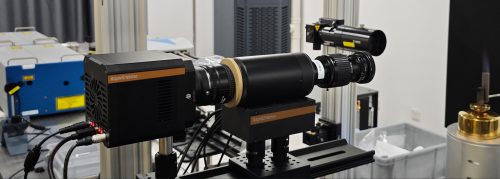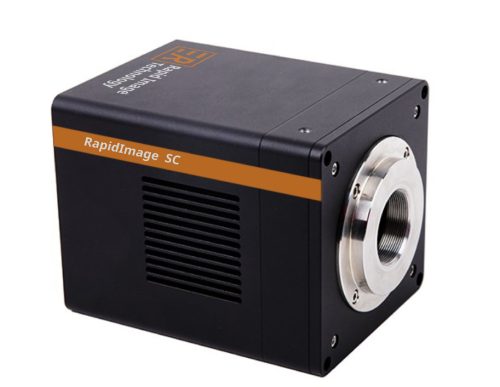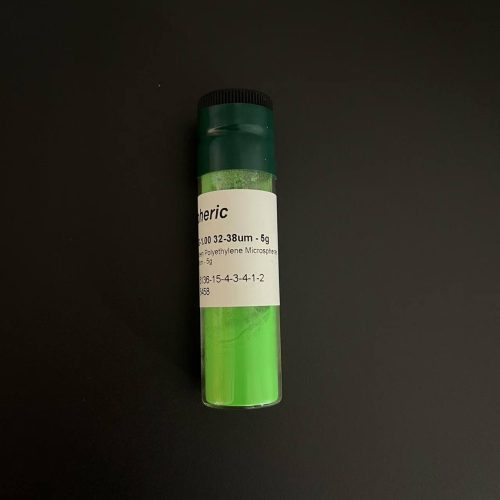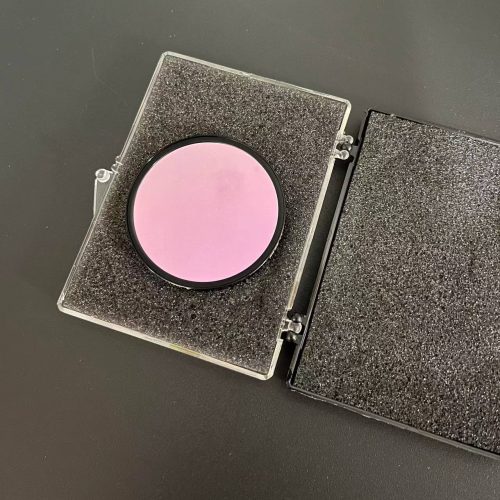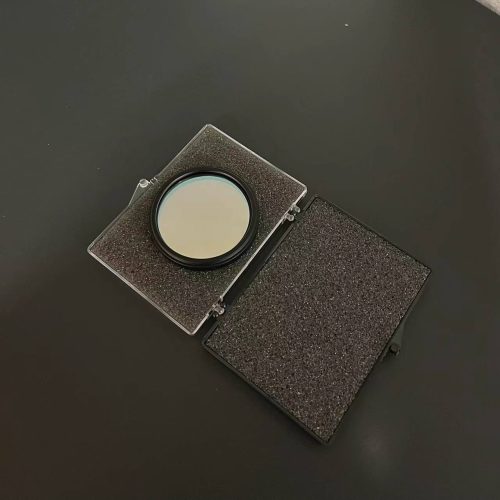Description
Product introduction
In particle image velocimetry (PIV), the laser illumination is an important part of the whole system. The traditional PIV illumination method uses lamp pumped pulse laser (~10Hz), DPSS pumped pulse laser (~kHz) or CW laser. The first two cost from about 30k USD to 600k USD, while the latter cannot provide bright enough illumination, nor achieve a short inter-frame time to measure high-speed flow fields. The RapidPulse laser family perfectly solves the existing problems of cost and application. It enables high brightness, high repetition rate, pulse illumination in a very compact body, while maintaining an affordable cost.
Application
The RapidPulse series lasers have been widely used for low-velocity airflow, medium- and low-velocity water flow, and atomization field measurements. A typical water flow and atomization field measurement scenario is shown in the figure below, where the field of view and flow velocity are halved when applied to air flow.
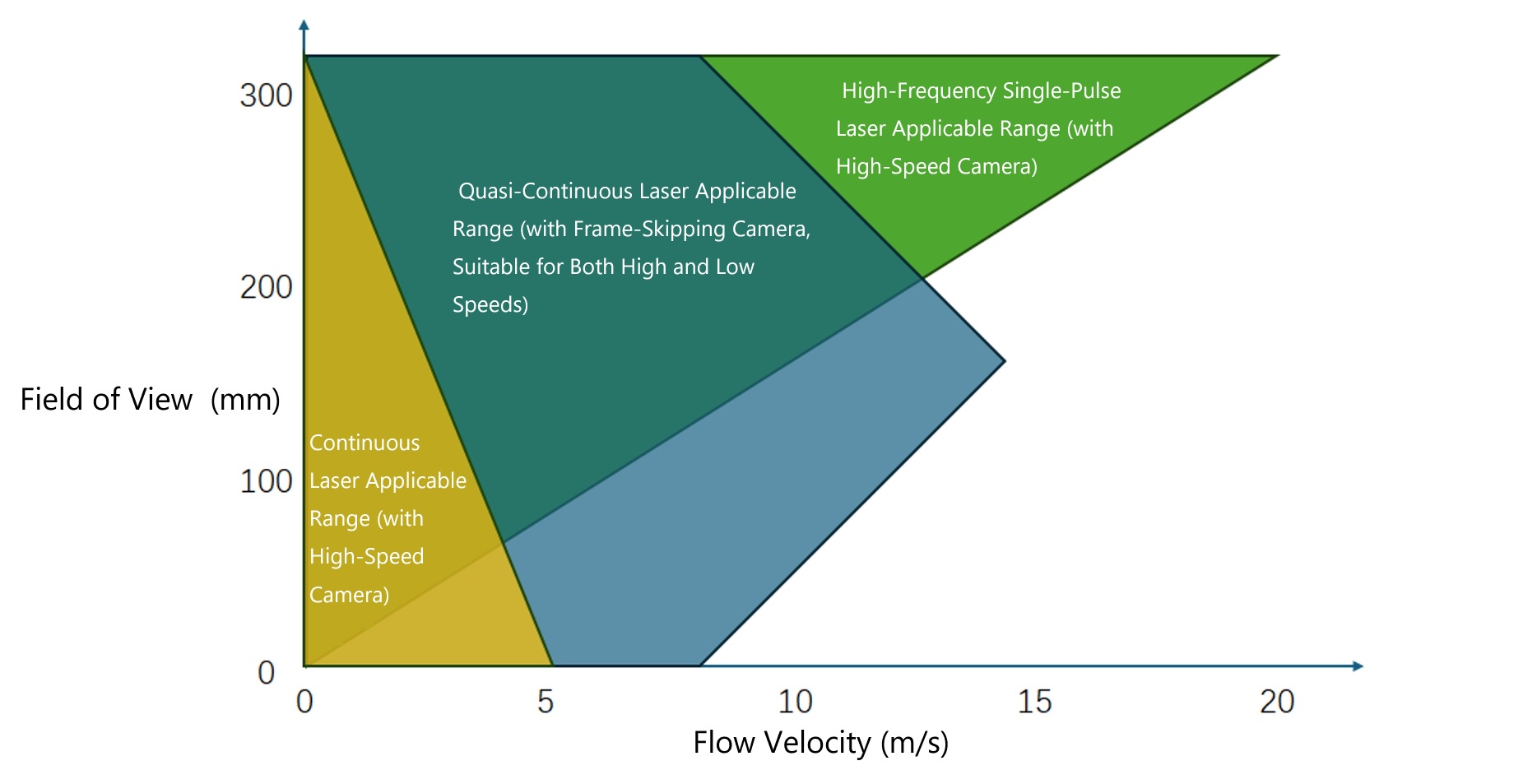
Wavelength selection
In terms of wavelength, the 440nm of the RapidPulse series laser can perfectly match the quantum efficiency curve of the new generation of Back Side Illumination (BSI) CMOS cameras. The fluorescence wavelength (peak 530nm) emitted by our FPP440/530 fluorescent particles can also match the highest quantum efficiency wavelength of all CCD and CMOS cameras.
The absorption ratio in water for 810nm laser, which is widely used to work with HS cameras, is 20-80 times higher than for 440nm laser.
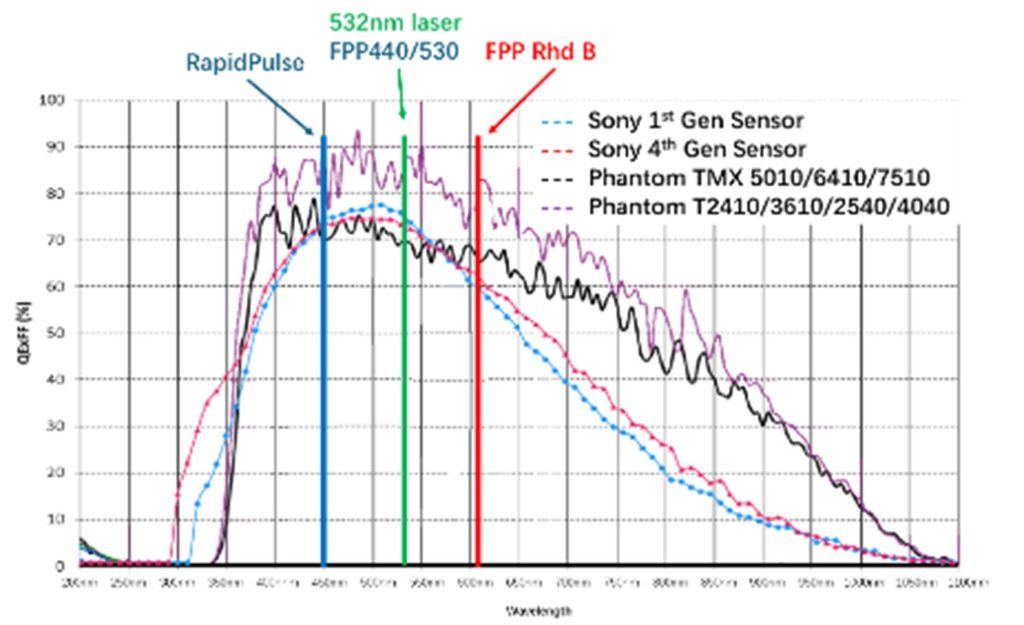
Comparison wavelength of RapidPulse, FPP440/530 emission, 532nm laser and FPP Rhd B particle emission excited by 532nm laser, on top of different camera QE curves.
Light sheet / Volume optics
Each RapidPulse laser is equipped with an adjustable lens set. Users can obtain 15° and 26° div. angle light sheet. Focal length can be adjusted in the range of 0.2m – 2m. Furthermore, by rotating the front lens, the standard light sheet optics can easily be converted to volume illumination optics for TomoPIV/PTV applications. The aspect ratio can be easily adjusted and the illumination edge is super clear.
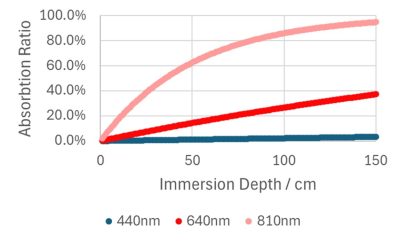
Water absorbs about 20-80 times more red light than blue light
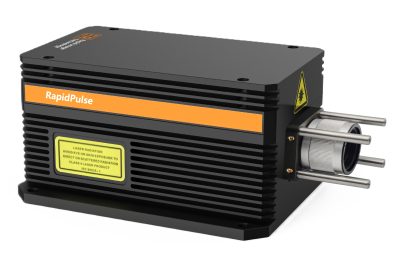
RapidPulse laser with light sheet optics
Synchronization performance
In PIV, the synchronization of laser and camera is crucial. Although traditional CW lasers can provide a stable light source, most of the laser energy is not effectively utilized due to the camera exposes in low duty cycle, short exposure time and low frame rate. Thus, the CW laser increases the thermal load on the environment and creates a great laser safety issue. In addition, CW lasers can only be combined with high-speed cameras to achieve high frame rate measurements. Low-frequency cameras cannot be used for high-speed measurements because they cannot achieve short inter-frame time. This undoubtedly increases the cost of PIV systems.

RapidPulse specially designed in pulse mode illumination. The laser pulse driven by a synchronizer ensures that each laser pulse is precisely matched to the camera’s exposure time. In this way, the camera can capture the entire laser pulse in the exposure, achieving efficient use of laser energy. In addition, this series of lasers supports double-frame mode operation, which can perfectly match the low-frequency PIV camera to achieve high flow speed measurement. At the same time, the RapidPulse laser is not only suitable for PIV measurement, but also can be widely used in other applications requiring high-speed, high-precision illumination. Its characteristics of high efficiency, accuracy and stability making it play an excellent performance in a variety of experiments and application scenarios.
Technical Specifications
Accessories
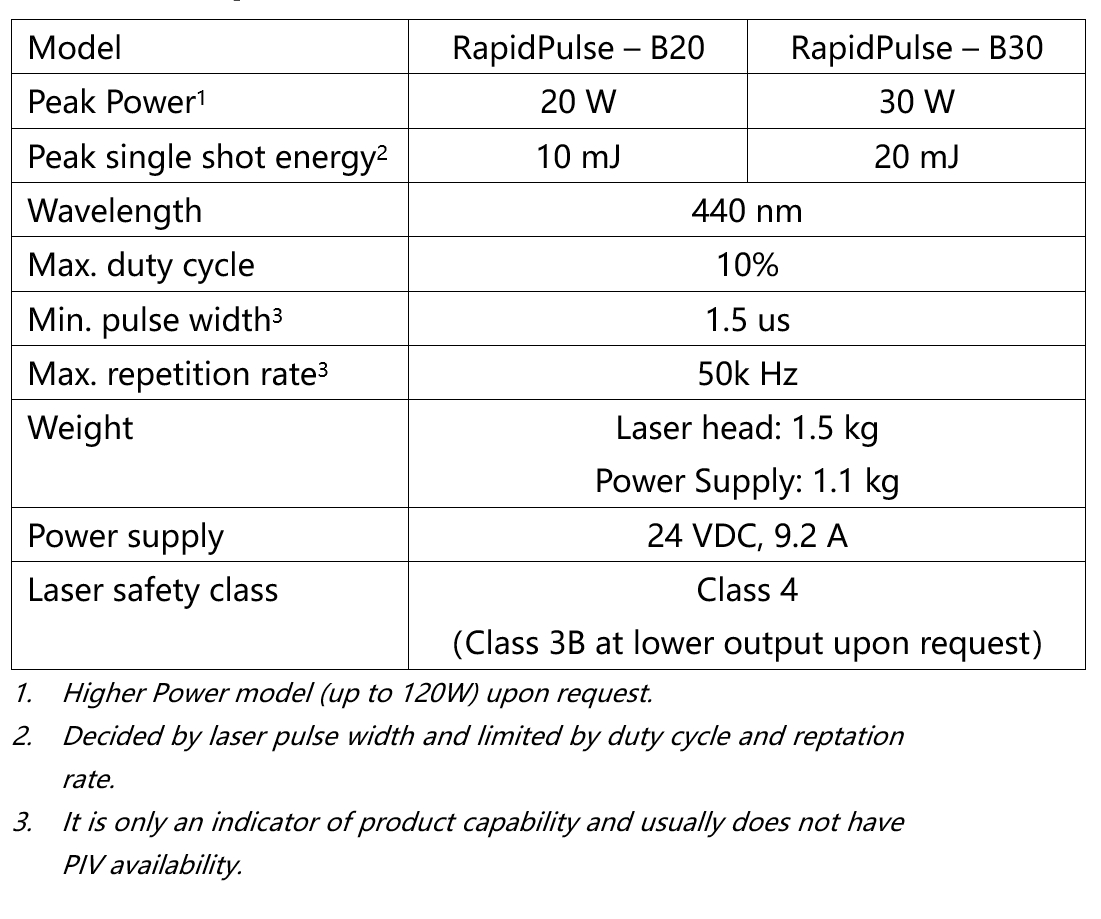
Fluorescent Particles
FPP440/530 series are the latest generation of fluorescent particles specially designed for PIV. Compared with traditional fluorescent particles, the wavelength is well selected for the RapidPulse series laser. Meanwhile, its density is 1.00g/cc, which is perfectly adapted to the density of water. It ensures suspended in water for a long time without settling. In general, 1.03g/cc PSP particles can ensure a suspension time of about 4 hours, and 1.15g/cc traditional fluorescent particles can only be suspended for about 20 minutes. Therefore, FPP440/530 series can significantly improve the PIV measurement accuracy and suitable for a wider range of applications.
In addition, the particle size distribution is much better than that of traditional fluorescent particles, which can ensure the best particle tracing and passage. We provide fluorescent particles in powder packaging, which can be better dispersed in oily media. We also provide a special surfactant bottle with each order to help the particles disperse in the water.
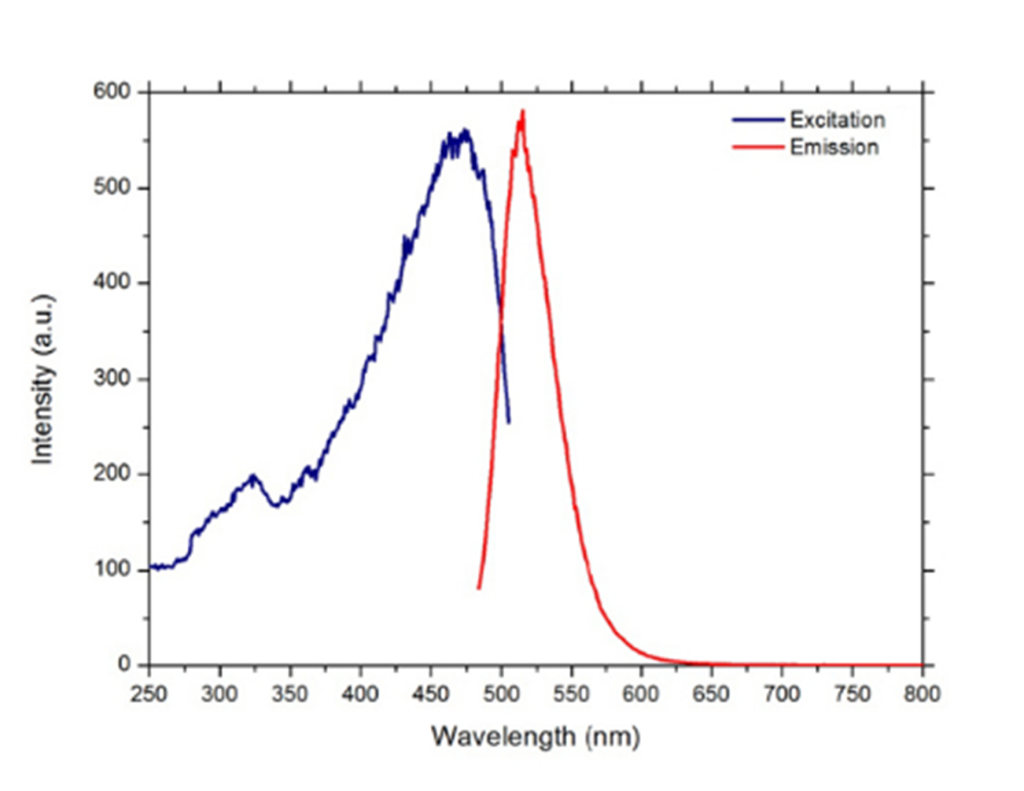
Excitation and Emission wavelength curve of FPP440/530 particles
Filters
We offer the BP440 laser bandpass filter for situations where natural light is strong and uncontrollable. The cut-off depth of OD4 significantly reduces ambient light interference and improves signal-to-noise ratio during PIV measurements.
LP500 and BP525 filters are used with FPP440/530 fluorescent particles. LP500 can provide excellent fluorescence signal intensity at a lower cost. The BP525 is a band-pass filter. Similar to the BP440, it is suitable for scenes with strong ambient light and is used to improve the signal-to-noise ratio.
Order Information
